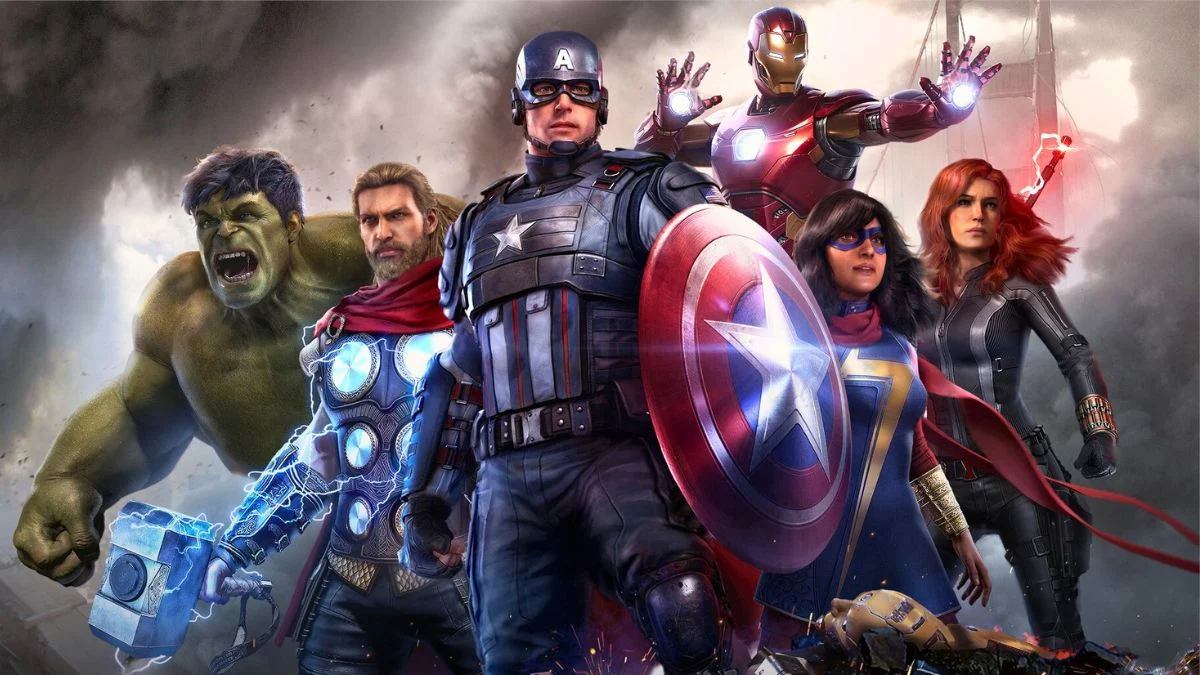
Superhero games are great when they get the powers and feeling of being a hero right, but many have failed due to being made too quickly, having awkward controls, or simply not offering enough to do. This list highlights the games that were the biggest disappointments, based on reviews, how well they ran technically, and what players thought of them over time. You’ll find games rushed out to coincide with movies, fighting games that felt incomplete, and projects with big ideas that didn’t quite work. Ranked from worst to slightly-less-worst, these are the games that consistently let fans down.
Blade II
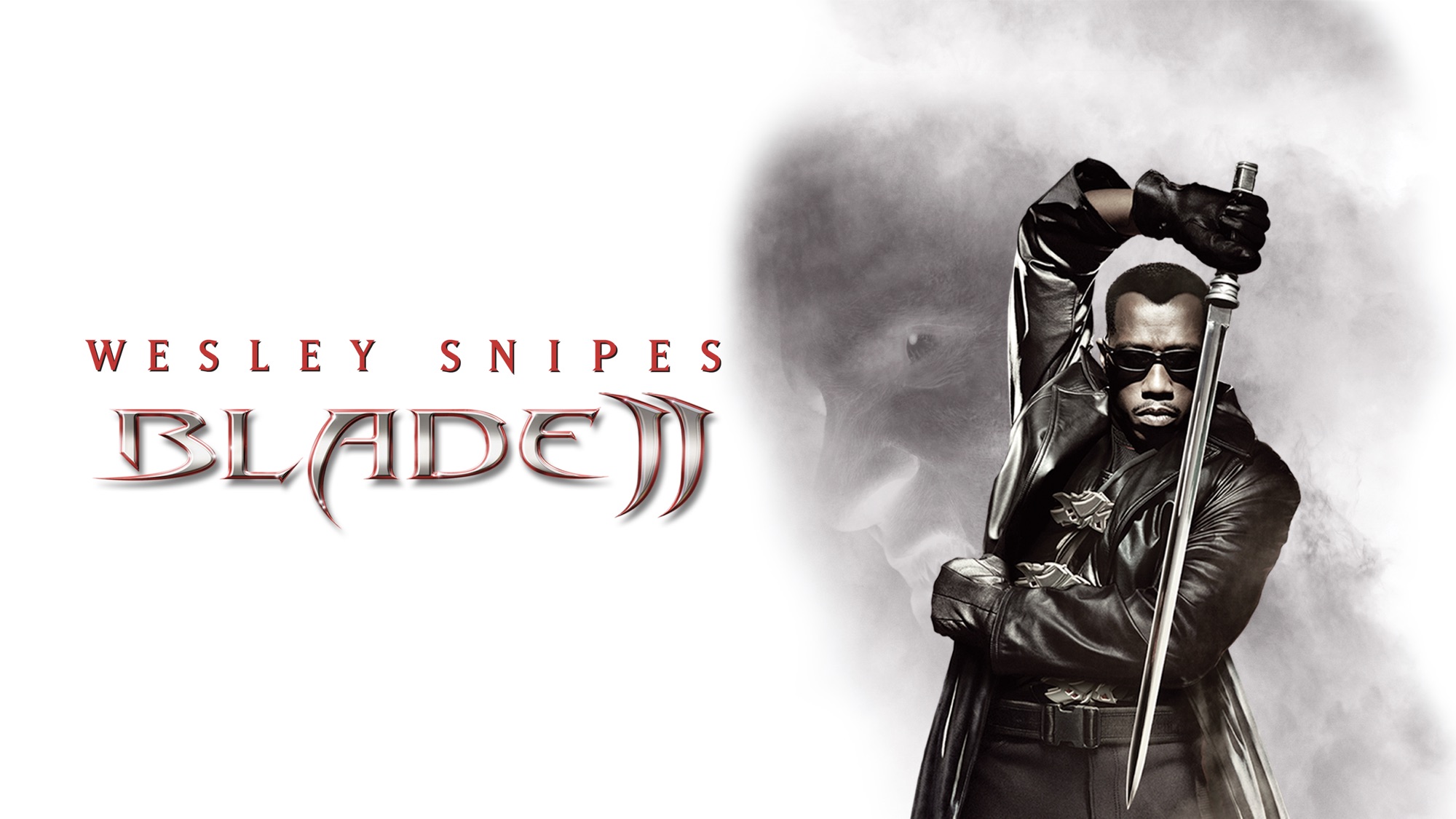
This game, originally released for PlayStation 2 in 2002, is a beat ’em up that unfortunately feels clunky. Instead of standard combos, it uses a strange “rage meter” system for attacks. Players fight through similar-looking levels with limited enemy types. Poor camera angles and repetitive battles make the game feel tedious, despite featuring music and characters from the source material. Ultimately, the gameplay isn’t engaging enough to keep players coming back.
Avengers: Battle for Earth
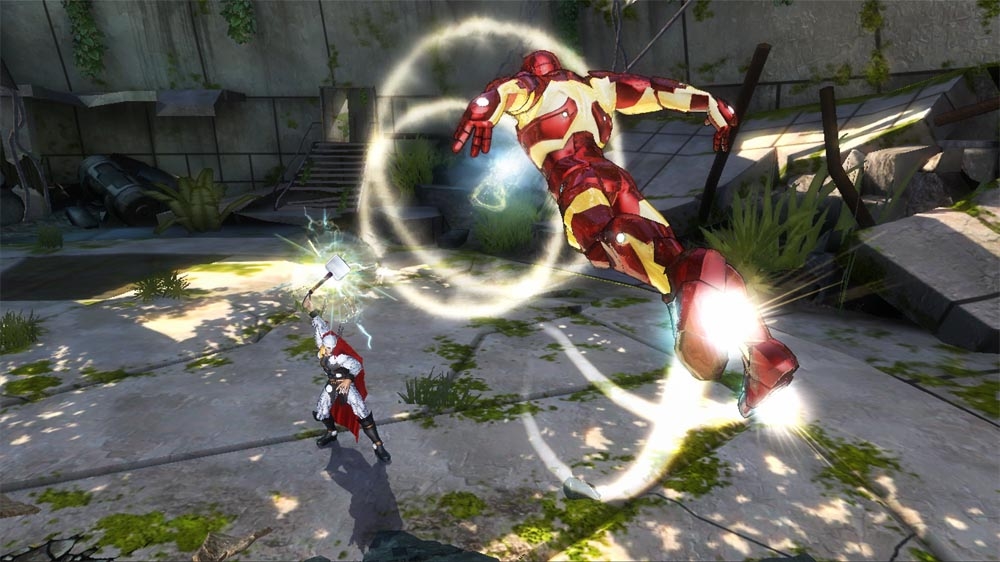
I remember picking up this Marvel fighting game back in 2012 for my Xbox 360 – it was built around the Kinect, and also came out on Wii U. The idea was cool – you used your body to fight as all these awesome Marvel heroes! But honestly, the motion controls were really frustrating. It kept misunderstanding what I was trying to do, and fights felt super slow and clunky. There were some challenges you could play by yourself, but they didn’t really have a lot of substance. Basically, because everything depended on getting the movements *just* right, it was hard to get into a good rhythm and actually enjoy the fights.
Spider-Man 3
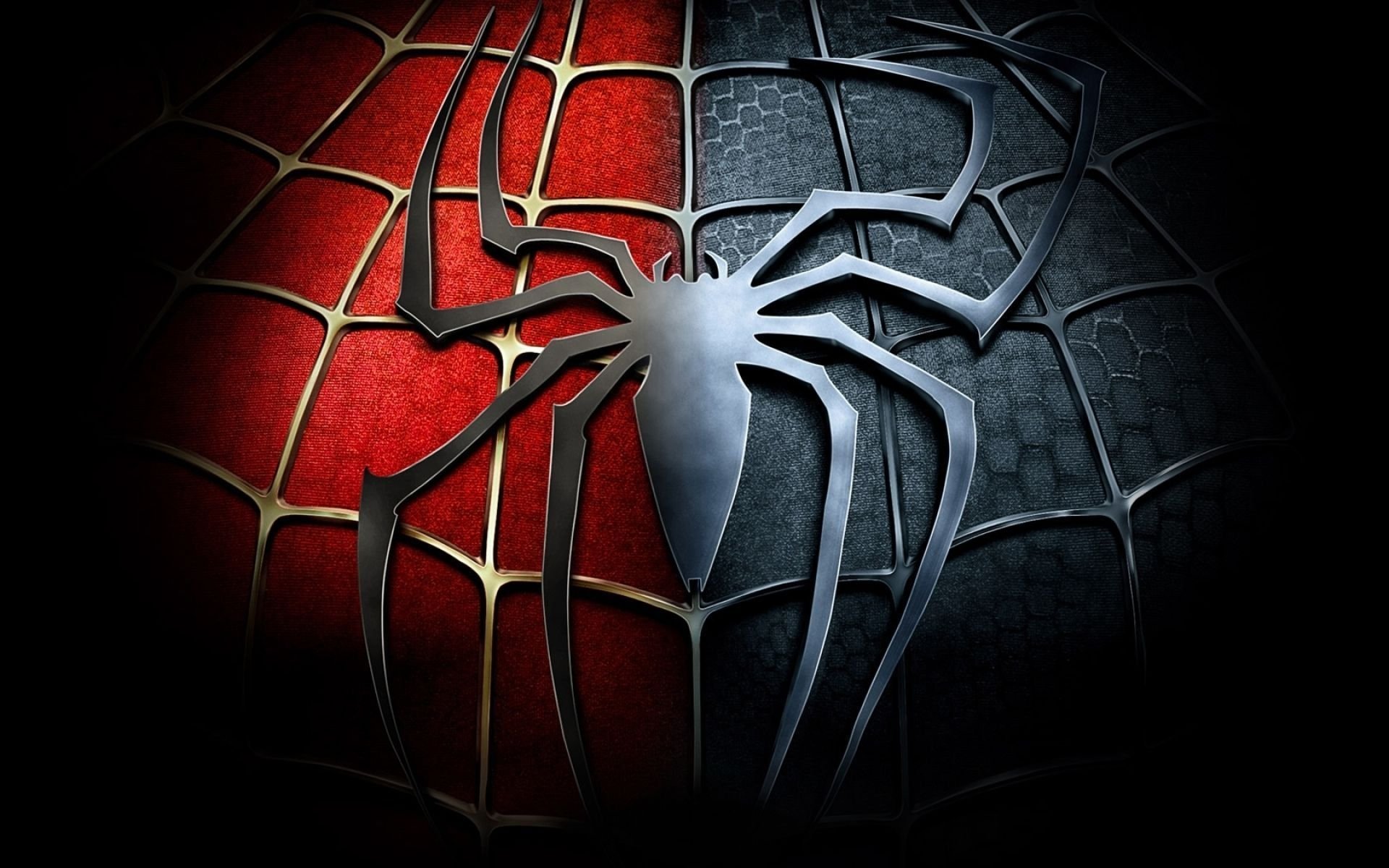
The 2007 game, based on the movie, featured a larger, more open world and memorable missions. However, problems with streaming and inconsistent performance on some consoles made it difficult to move around and fight. Many missions reused the same enemies, and boss battles often relied on simple button presses. Although swinging through the city felt great, technical issues like fluctuating frame rates and bugs distracted from the experience of exploring the world.
The Amazing Spider-Man 2
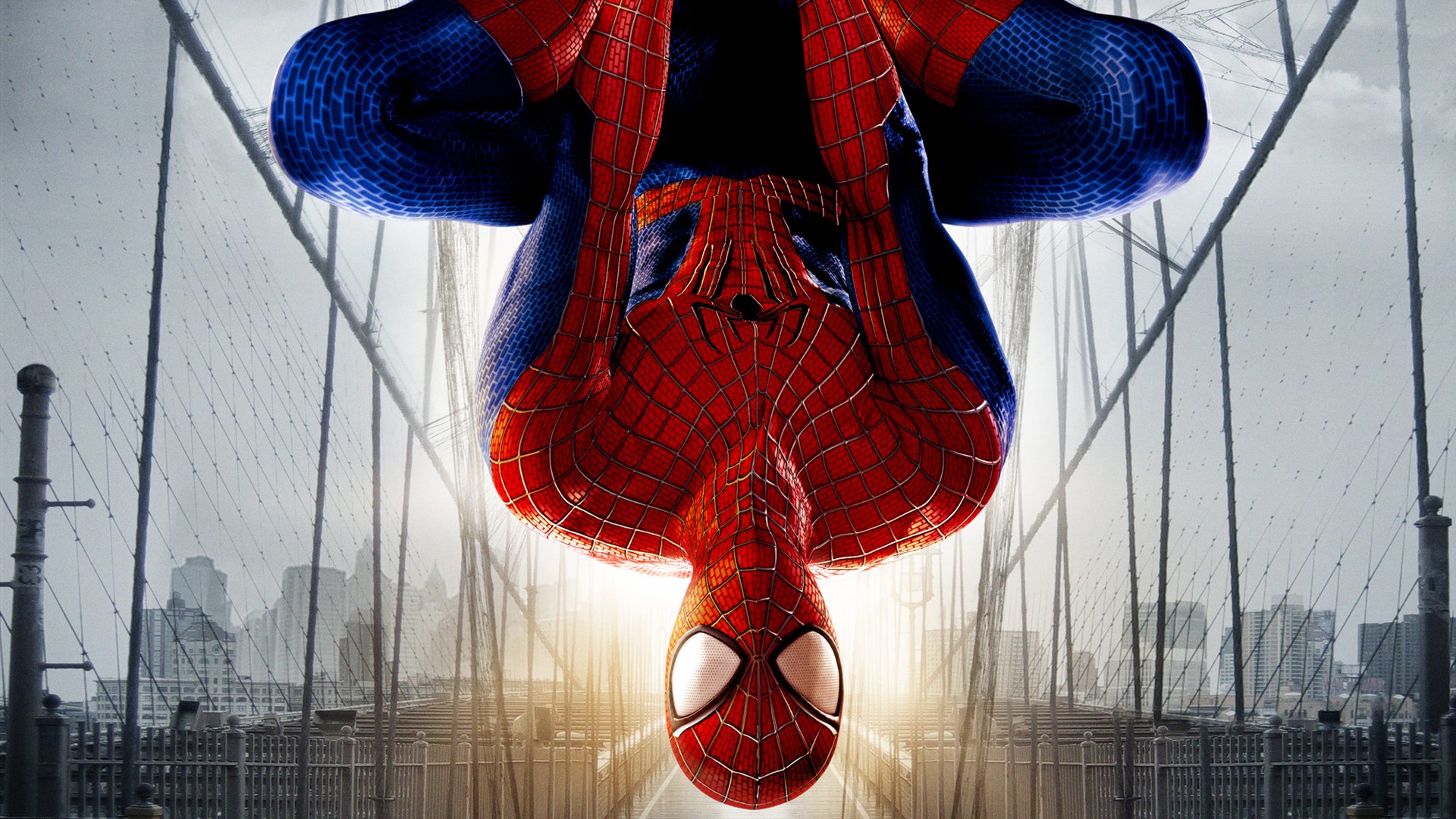
The 2014 game featured a system where players were punished for failing to stop random crimes, leading to negative effects throughout the city. The game received criticism for differing graphics and performance across platforms; the Xbox One version was even delayed and temporarily removed from sale. Many side missions were repetitive, making the game feel less varied between story missions. While web-swinging was improved with individual controls for each hand, the city’s random events often felt tedious instead of exciting.
Marvel’s Avengers
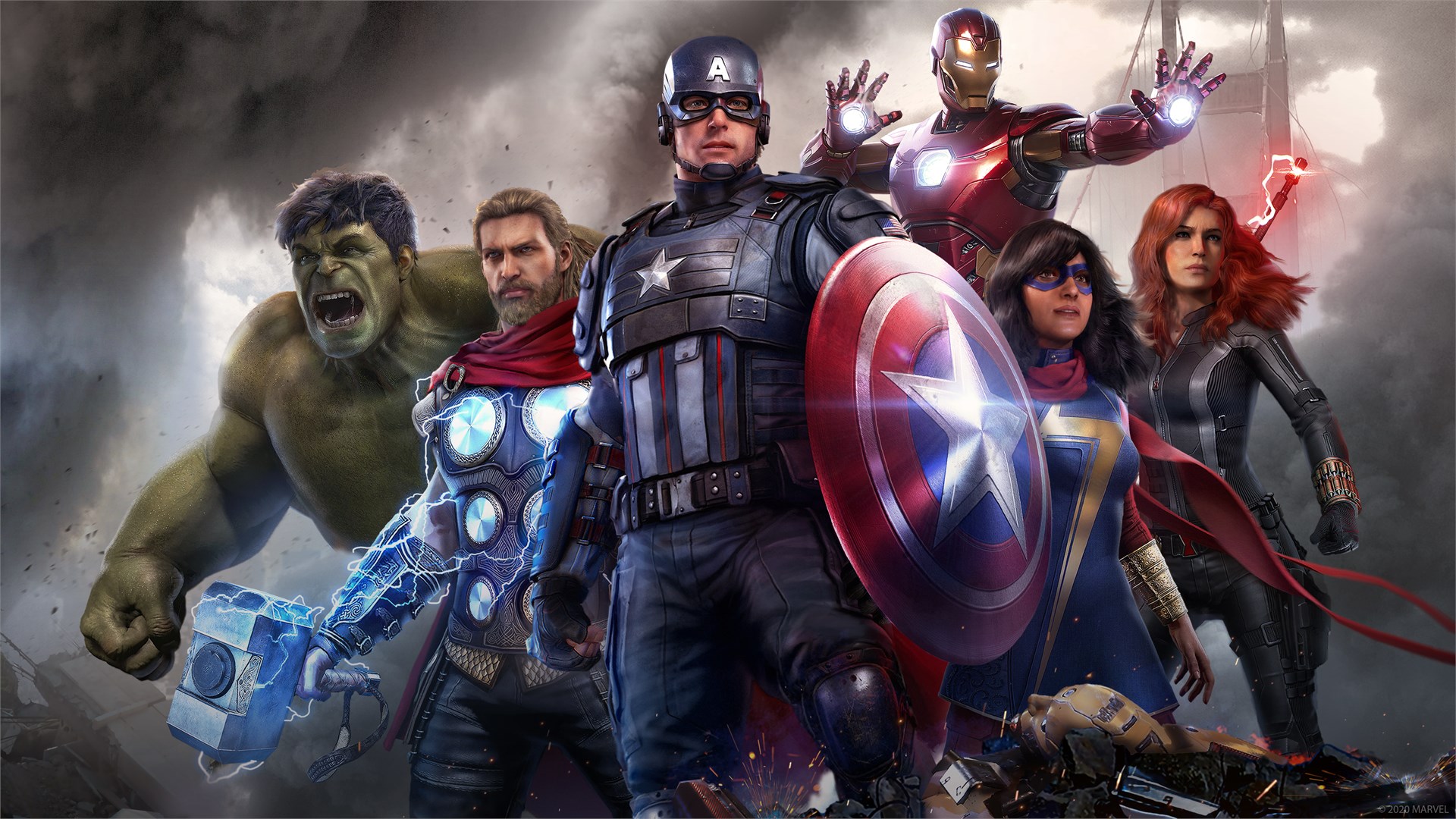
I remember when this game first came out in 2020 – it was supposed to be this big, ongoing action game with both a story mode and tons of stuff to do with other players. They had plans to keep adding new characters and story bits after launch, but honestly, it started to fall apart. Finding matches was a pain, the loot felt unbalanced, and a lot of the missions felt really repetitive. Plus, there were a bunch of technical problems and updates weren’t coming fast enough. Slowly but surely, people stopped playing. They officially stopped supporting it in 2023, and then it got pulled from stores in 2024. Now, if you own it, you can only play it offline, which is a bummer.
Green Lantern: Rise of the Manhunters
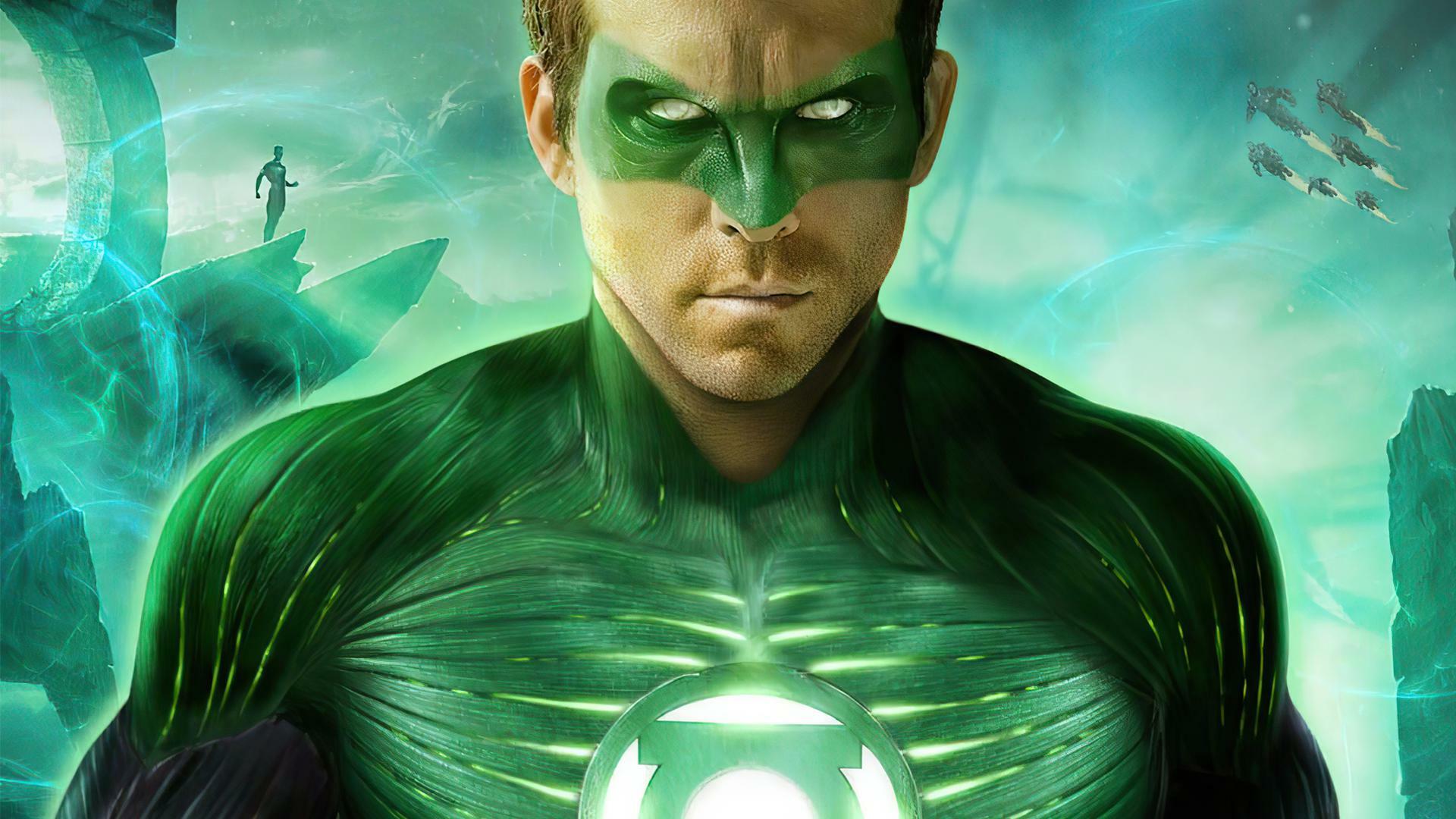
This action game, based on the 2011 movie, let players fight with energy constructs both up close and from a distance in straightforward levels. While it included a cooperative mode for two players, the game suffered from repetitive levels and enemy placements. Players improved their abilities through basic upgrades, but there wasn’t much depth in how they could customize their character. The missions were quick and the goals were always the same, so there wasn’t much incentive to play through the campaign again once finished.
Marvel Nemesis: Rise of the Imperfects
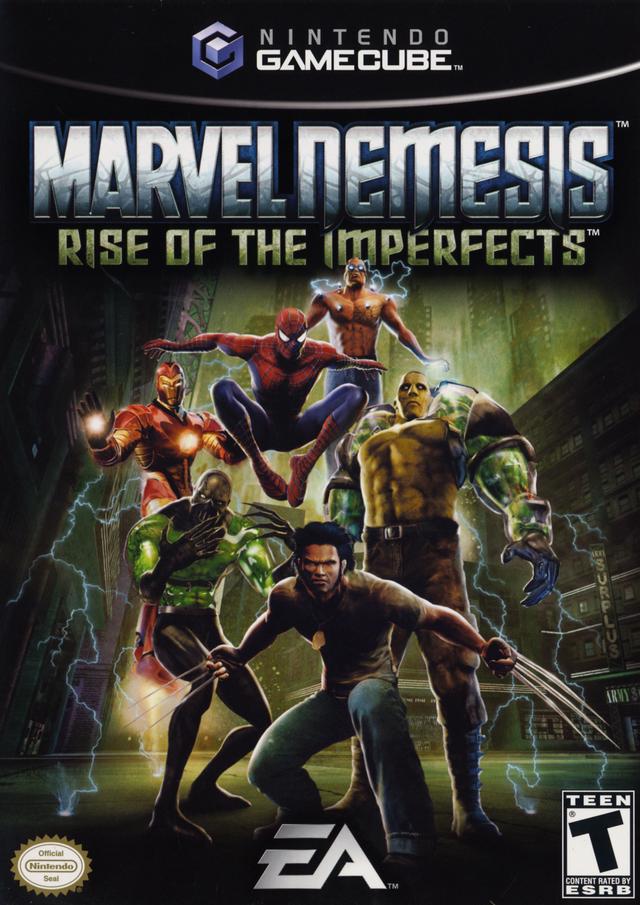
Released in 2005, this arena fighting game featured both established Marvel heroes and new, original characters battling in compact, dynamic arenas. While strategic use of environmental hazards was key, the game’s camera and targeting systems made precise movement difficult. The story mode offered short glimpses into the backgrounds of the new characters, but their stories ended too quickly to fully engage players. Although online play was available at launch, the game’s limited moves and imbalance issues prevented it from remaining competitive for long.
Batman & Robin
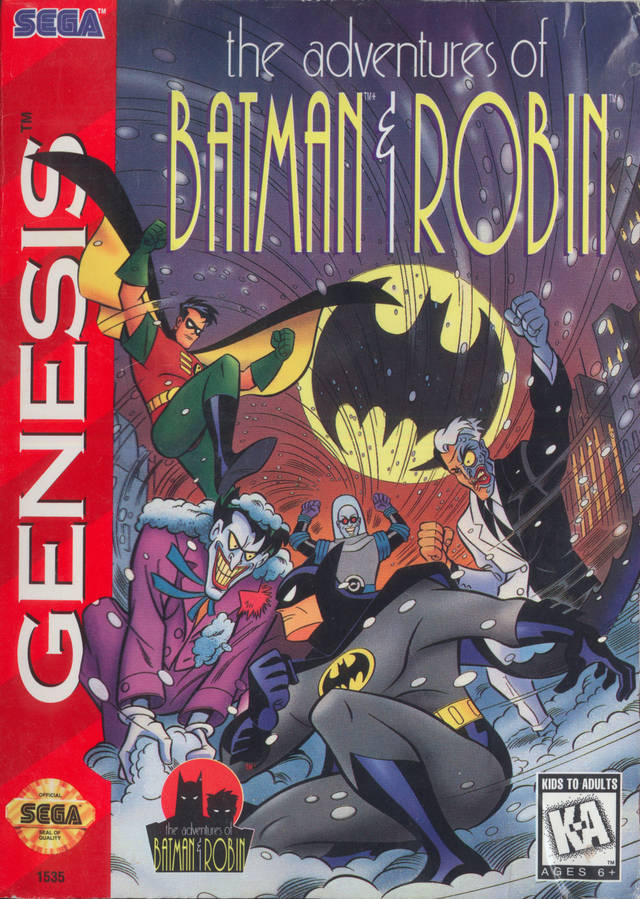
The 1998 PlayStation game featured a sprawling, open-world Gotham City where players had to find and respond to crimes with very little direction. Getting to these events was tough because the driving and city navigation were clunky, often causing missions to fail before you could reach them. Inside buildings, the fixed camera angles made it hard to see enemies or find your way. The game’s strict time limits and lack of clear clues frequently prevented players from experiencing important parts of the story.
Fantastic Four: Rise of the Silver Surfer
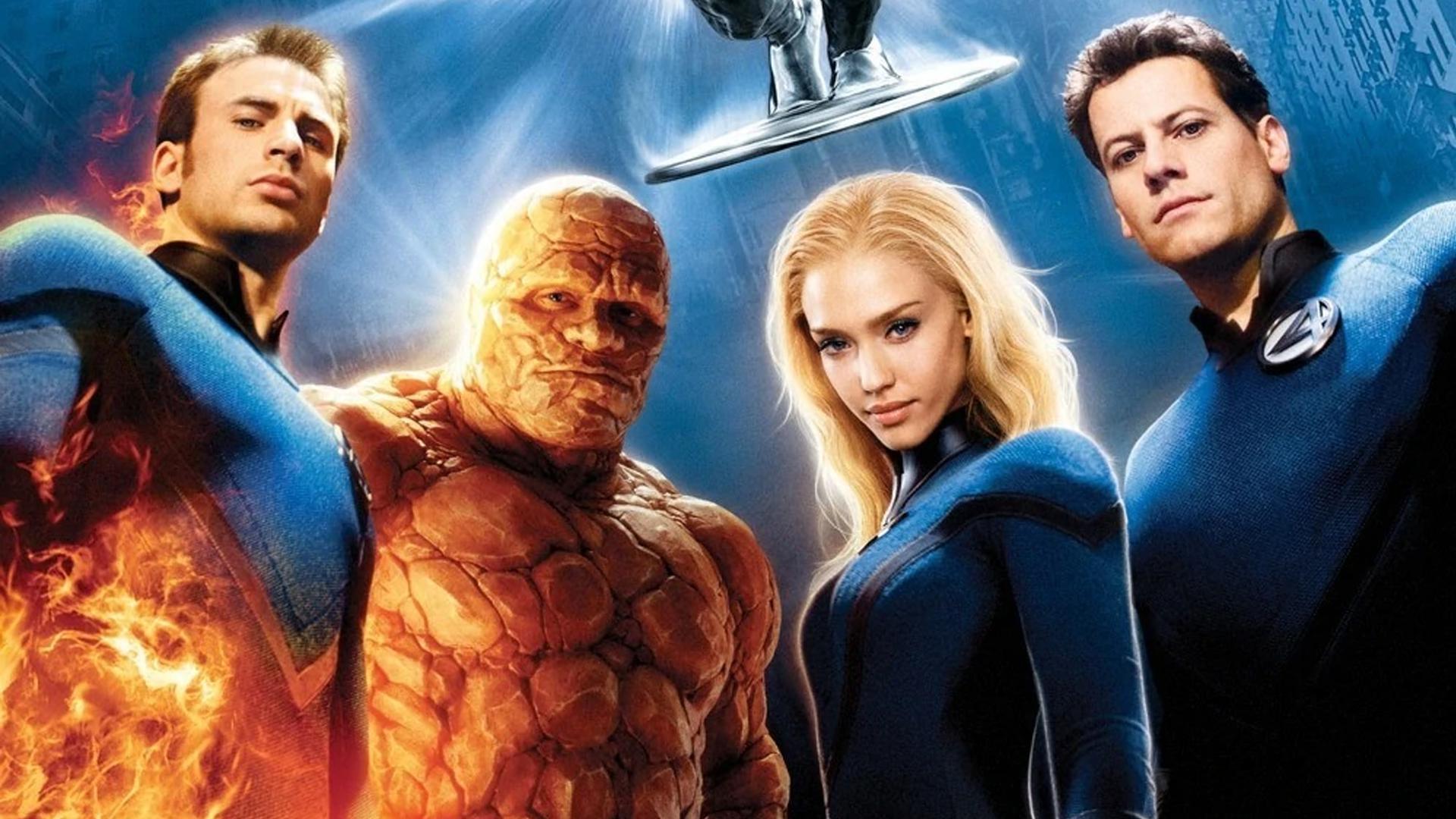
Released in 2007, this four-player fighting game allowed players to switch between partners or team up, but its combat system lacked complex combos and special moves. The game’s levels mostly featured repeated hallway battles against similar enemies. Boss fights relied on memorizing patterns and completing quick-time events instead of offering interesting puzzles. The story mode was short, and there weren’t many rewards or challenges to keep players engaged after finishing it.
Thor: God of Thunder
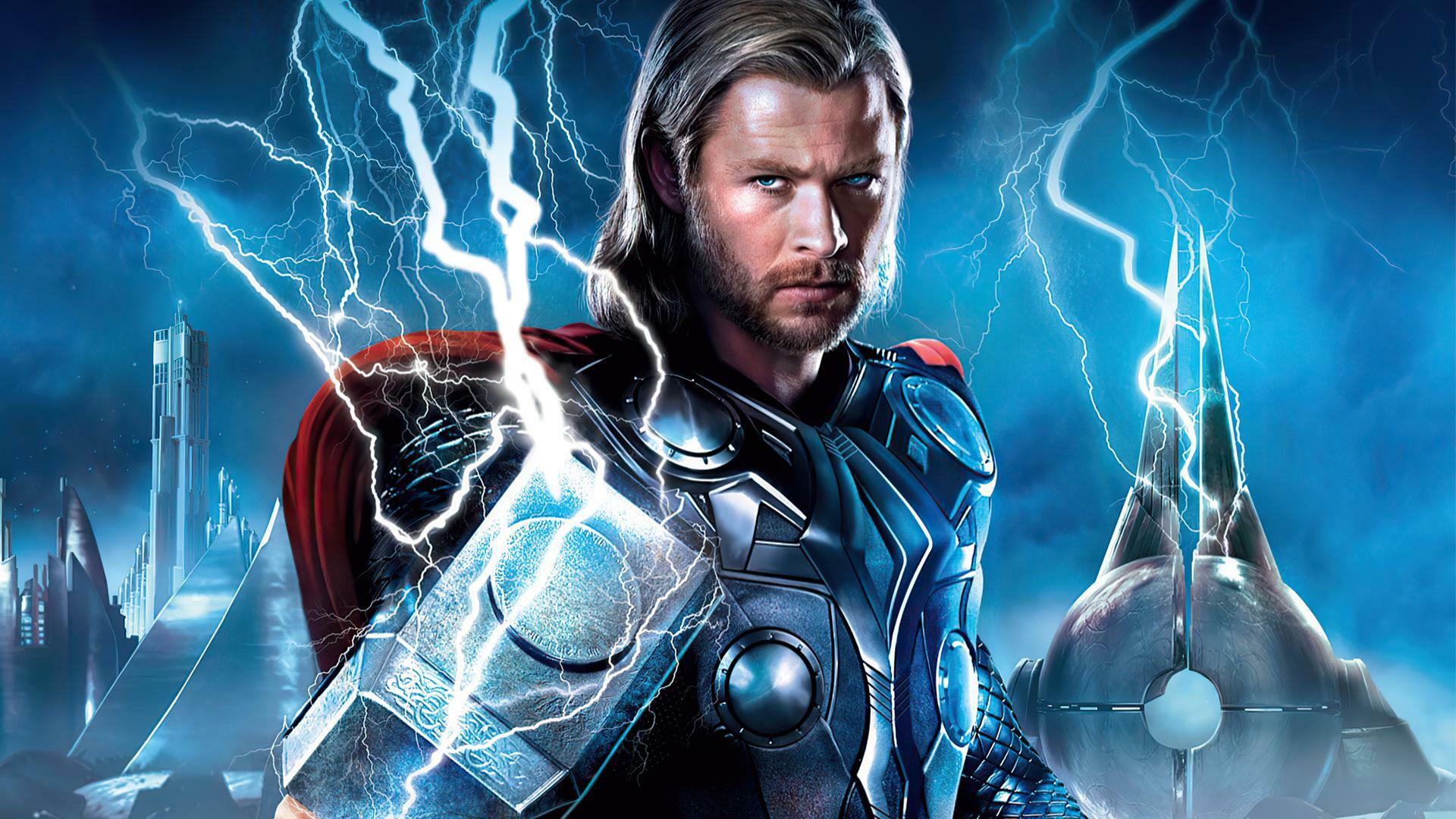
This game, launched in 2011 alongside the movie, focused on fighting with hammer combos and powerful finishing moves. Players faced waves of enemies that repeated the same attack patterns, making progress feel repetitive. The platforming was frustrating due to awkward jumps and constantly resetting cameras. Although the game had unlockable costumes and collectibles, the gameplay mostly stayed the same: defeating groups of enemies in a simple cycle.
Iron Man
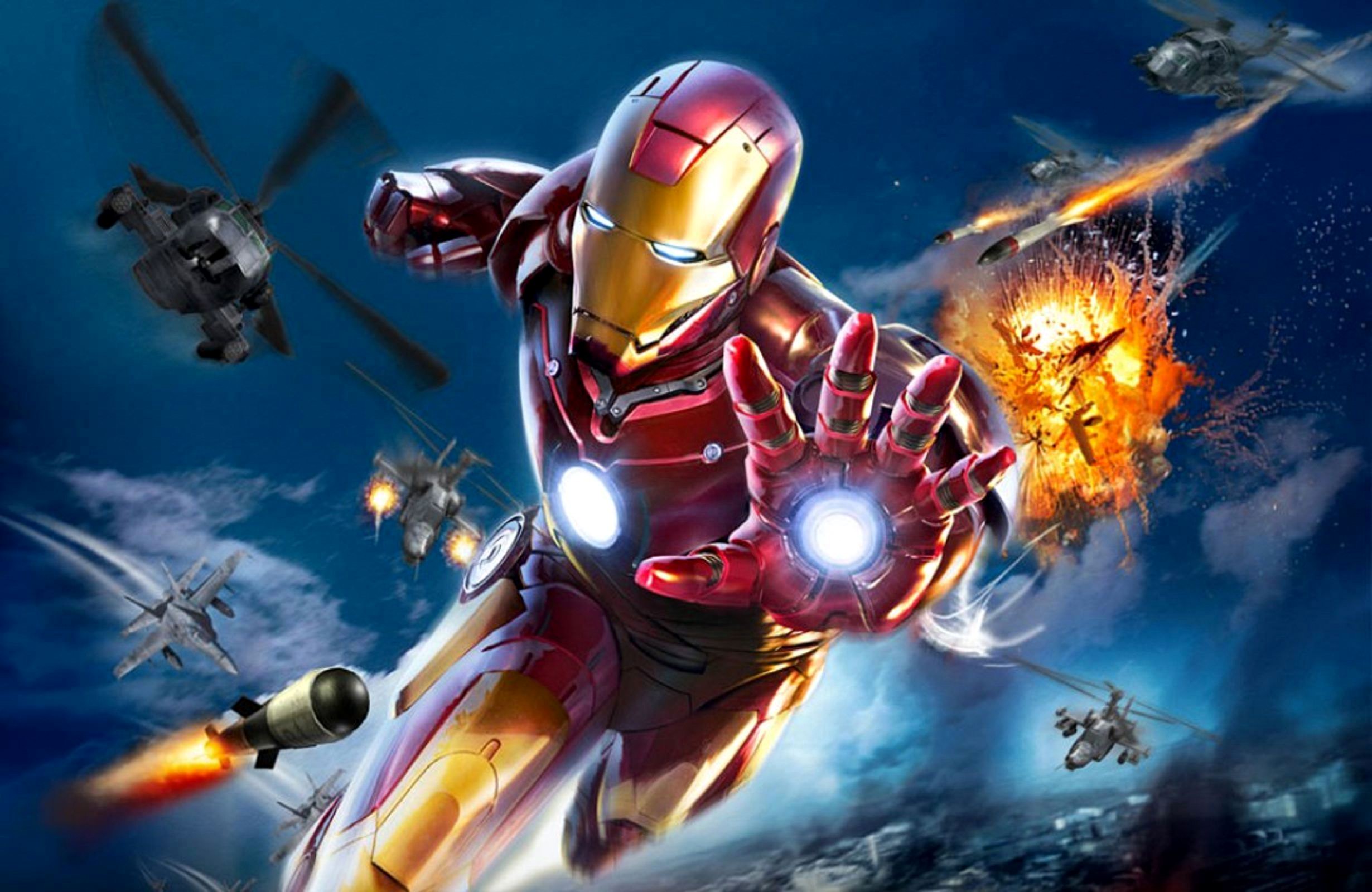
Okay, so the 2008 game let you fight both in the air and on the ground using these awesome customizable suits. Honestly though, flying felt kinda weird and floaty on a lot of systems, and it was really hard to lock onto enemies when things got fast. Most of the missions ended up being the same thing over and over – either destroy everything or protect something, just on different maps. You could unlock new weapons, but I never really *needed* to switch things up to win, which was a bit of a bummer.
X-Men Destiny
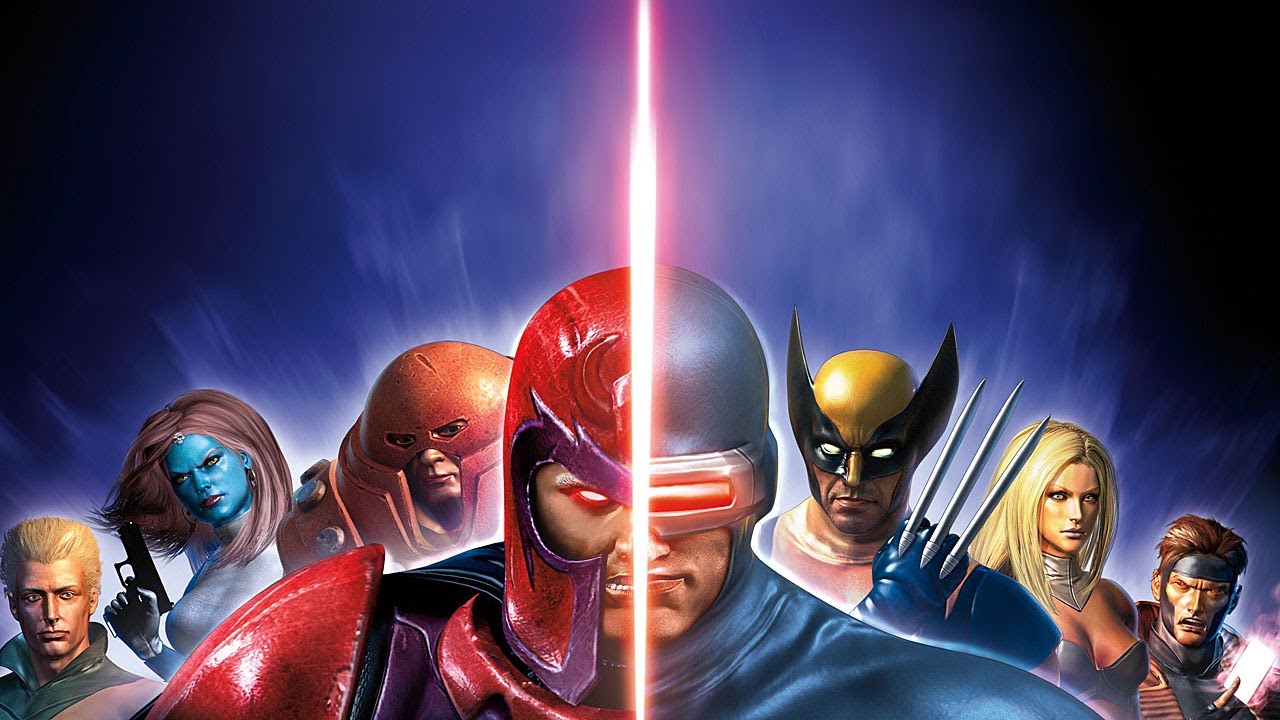
Released in 2011, this action RPG let players choose from three unique characters, each with different abilities. However, player choices didn’t have a big impact on the story or missions. The game’s story was fairly short and straightforward, with only a few optional side missions. Players could collect pieces of costumes from well-known mutants to improve their stats, but these didn’t change how the game was played. Many believed the game was finished quickly, and it was eventually taken off online stores because of licensing issues.
Catwoman
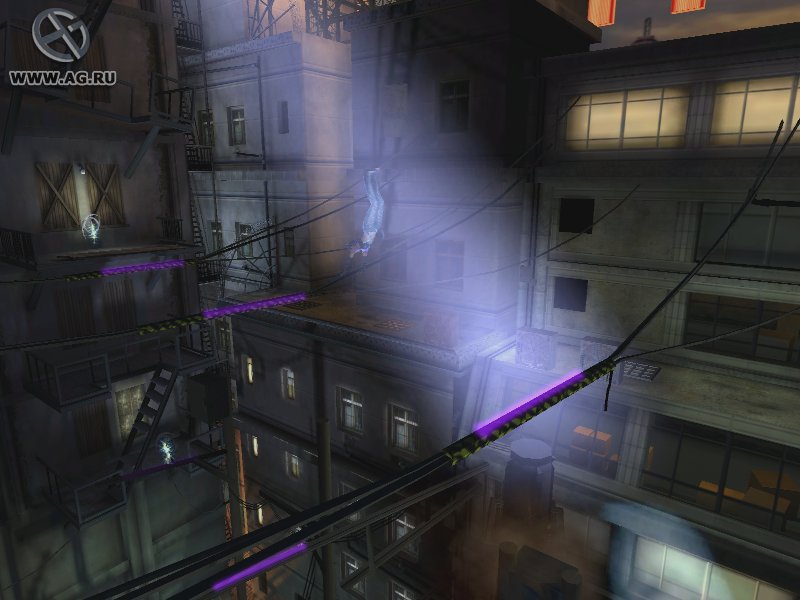
This game, originally released in 2004 on several platforms, closely followed the story of the movie, letting players jump and swing through levels. However, the fixed camera and automatic targeting system sometimes caused problems with jumps and combat. The game repeated similar stealth and chase sequences without adding much new to the gameplay, and while it included bonus content like collectibles, the core movement felt unreliable throughout the entire experience.
Batman: Dark Tomorrow
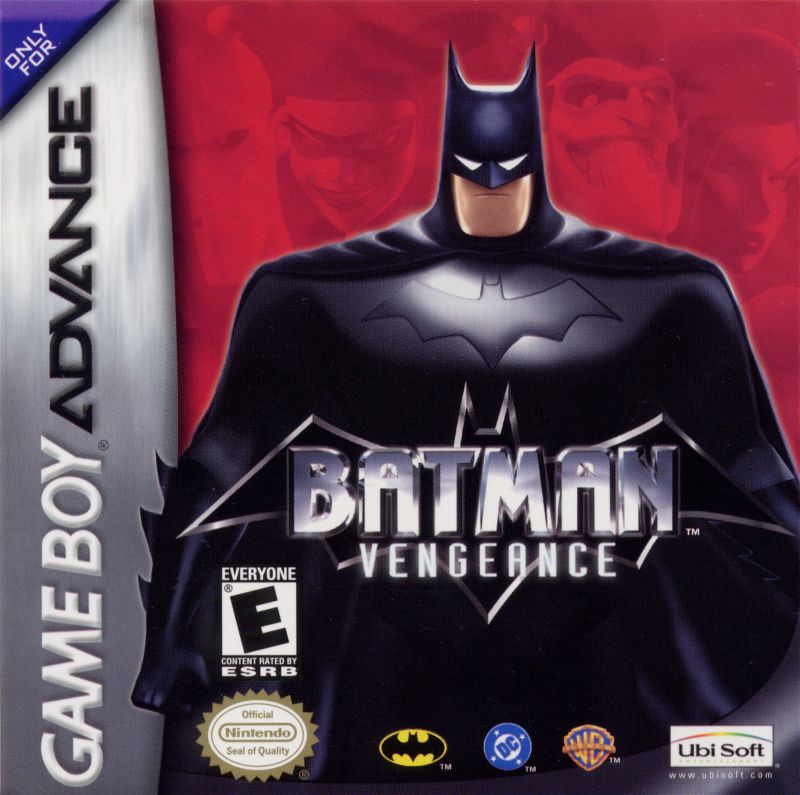
Released in 2003, this game aimed for a realistic, dark story with well-known enemies and choices that led to different outcomes. However, clunky controls and a frustrating camera made it hard to move around and fight. Puzzles demanded precise actions, and it wasn’t always clear what you needed to do to solve them, leading to frustrating delays. While the game had interesting stealth and gadget features, they were difficult to use effectively and objectives weren’t always clear.
Superman 64
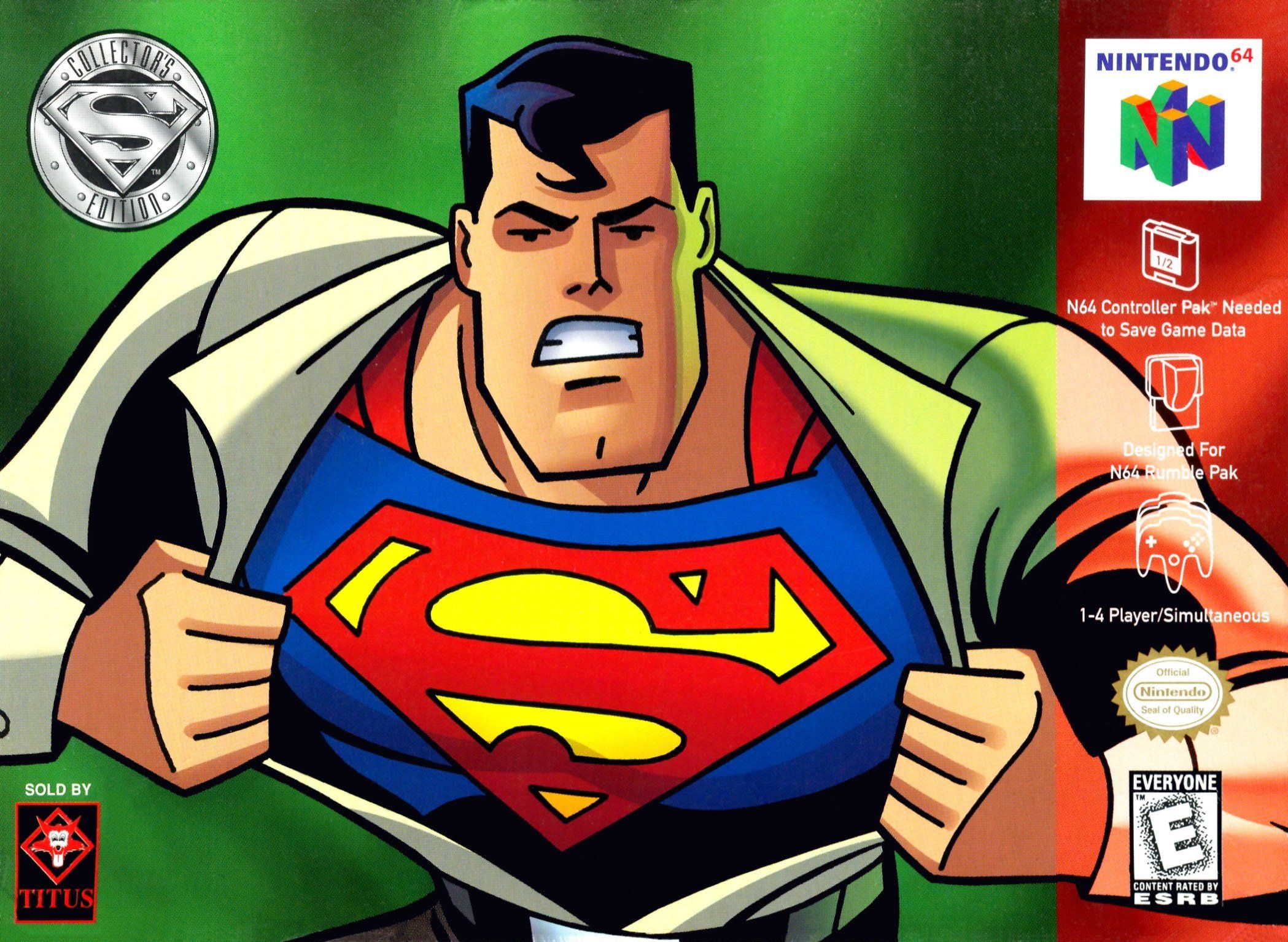
Originally launched for Nintendo 64 in 1999, this game took place in a virtual city where players had to quickly fly through rings and complete urgent rescue missions. The game’s graphics were often foggy, and the frame rate frequently slowed down, making it hard to see and control the action. Many missions felt repetitive, and failing at any point forced you to start large sections over. While the developers planned a more open-world experience, technical limitations meant most gameplay remained focused on short, timed challenges.
Share your picks in the comments and tell us which superhero games let you down the most.
Read More
- Deepfake Drama Alert: Crypto’s New Nemesis Is Your AI Twin! 🧠💸
- Can the Stock Market Defy Logic and Achieve a Third Consecutive 20% Gain?
- Dogecoin’s Big Yawn: Musk’s X Money Launch Leaves Market Unimpressed 🐕💸
- Bitcoin’s Ballet: Will the Bull Pirouette or Stumble? 💃🐂
- SentinelOne’s Sisyphean Siege: A Study in Cybersecurity Hubris
- Binance’s $5M Bounty: Snitch or Be Scammed! 😈💰
- LINK’s Tumble: A Tale of Woe, Wraiths, and Wrapped Assets 🌉💸
- ‘Wake Up Dead Man: A Knives Out Mystery’ Is on Top of Netflix’s Most-Watched Movies of the Week List
- Yearn Finance’s Fourth DeFi Disaster: When Will the Drama End? 💥
- Ethereum’s Fusaka: A Leap into the Abyss of Scaling!
2025-10-19 02:52